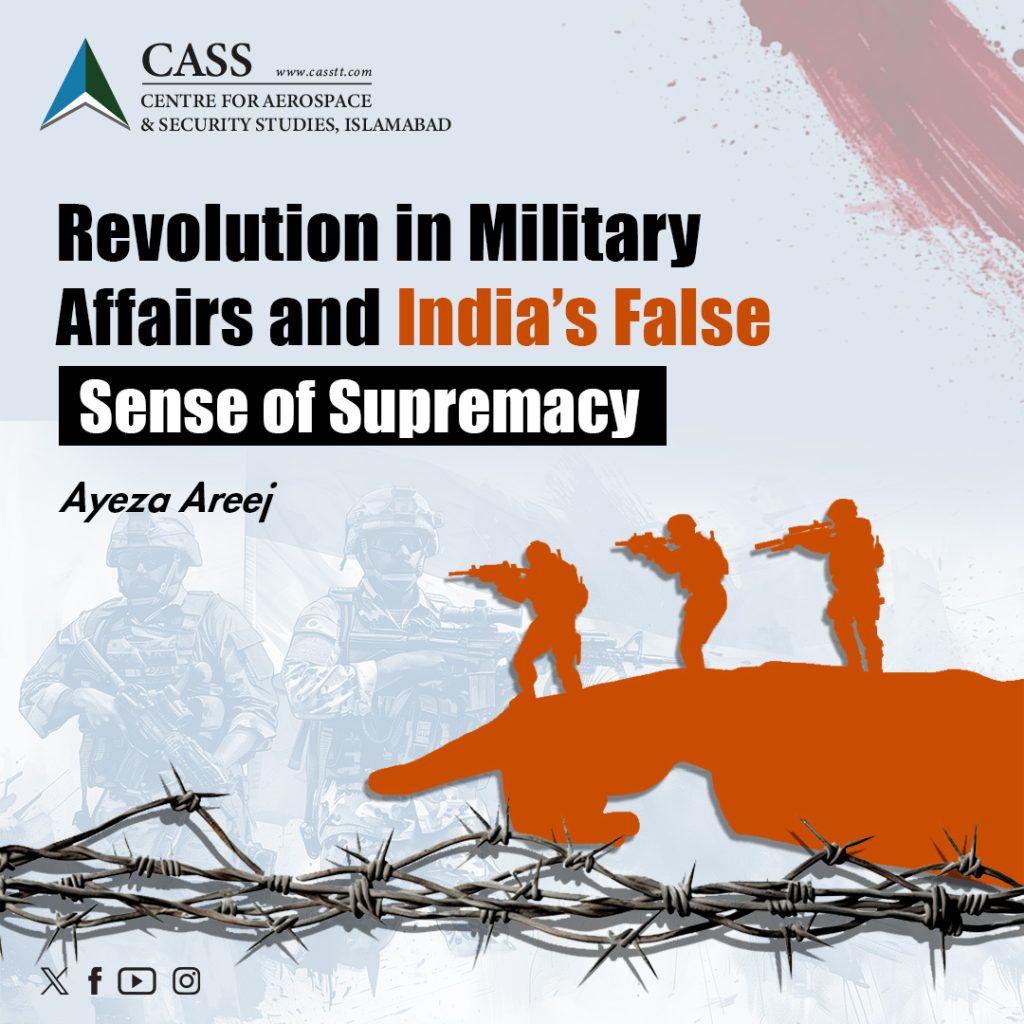The crisis in Sri Lanka appears to deliver worse news with each passing day, as the otherwise dynamic South Asian nation faces a snowballing effect of multiple challenges. As it stands, Sri Lanka is unable to provide for even the most basic needs of its people, and the public has been roiled by the nexus of political, economic, and social dysfunction. Protests are ongoing and major political shifts have recently occurred, but the nature of the problem that Colombo faces is one that offers no easy or quick fix. In fact, the road ahead may be one of considerable sorrow for an otherwise cheerfully disposed people.
To understand the nature of Sri Lanka’s woes, one must examine both the political and economic dimensions of the contemporary crisis in a historically-informed manner. At the time of cessation of hostilities in 2009 following a protracted civil war, Sri Lanka began a fervent process of economic reconstruction that was spearheaded by the Rajapaksas. The dynamics of reconstruction are fundamentally different from steady-state development, since a country begins from a low base and therefore aggressively attracts capital to jumpstart a devastated economy. This was the logic that the Rajapaksas followed: aggressively leveraging to build infrastructure and drive the economy forward, and thus rapidly raise living standards to bolster social cohesion after a fragmentary era.
This was a sound approach with which to develop Sri Lanka, and it was reinforced by favorable macroeconomic forces such as the interconnectivity of globalization and the transfer of economic power towards the East. In addition, the Rajapaksas enjoyed widespread public adoration, particularly among the Sinhala, for having brought the civil war to its end. This allowed them something of a carte blanche to consolidate their family’s powerbase along truly dynastic foundations, and the Rajapaksas systematically occupied key positions in Colombo’s inner sanctum. Such overreach would only be tolerable if the Rajapaksas would continually create and deliver public value; and if they wouldn’t, then such a feudal social contract would falter.
Despite the ambitious reconstruction ambitions of the Rajapaksas, premised on highly leveraged growth and interconnectivity, a series of crises afflicted the country in quick succession: the Covid-19 pandemic, supply chain disruptions, and the Russo-Ukrainian war. Covid-19 did not batter lives as badly as it did livelihoods, because of the tourism-dependence of the Sri Lankan economy. The worldwide travel restrictions and stringent lockdown protocols meant that hardly any tourist arrivals occurred, compressing direct tourism revenues but also exerting ripple effects in other sectors of the economy.
But even as Covid subsided, the global post-pandemic recovery was marred by supply chain disruptions, which in many ways continue to this day. As a medium-sized island economy, supply chain disruptions have battered the trade and consumption patterns of Sri Lanka to a disproportionate degree. But the pandemic related constraints (such as continued lockdowns in major port cities like Shanghai) were compounded manifold by the Russo-Ukrainian conflict.
This ongoing dispute has led to soaring international prices for key commodities on world markets. Exceedingly high oil prices have generated an inflationary shock that few developing countries can fully withstand, and prices have continually spiralled upwards in Sri Lanka’s major cities. However, Russia and Ukraine together also account for 28% of globally traded wheat, 30% of barley, 15% of maize and 75% of sunflower oil. These essential categories have thus been met with catastrophic outcomes for Sri Lanka’s population, as well as hardship for many other developing countries.
At the same time, Sri Lanka’s debt obligations have continued to mount. 10% of its obligations are to Japan and another 10% are to China, while multilateral organizations also remain major creditors. But with a battery of crises, including ongoing macroeconomic headwinds, those debts have become extortionary. For proportion: while Pakistan’s external debt obligations are roughly $130 billion for a country of roughly 220 million people, Sri Lanka has more than $50 billion for hardly 20 million people.
This is the basis of the pressure under which Sri Lanka’s government has defaulted. Meanwhile, the feudal social contract carved out by the Rajapaksas has been met with widespread discontent and has even boiled over into street violence and repressive countermeasures such as full curfews.
In sum, Colombo’s sorrow arises from what were once good intentions: building a new society through aggressive reconstruction bounded by high leverage. The approach was only undone because of the unrelenting series of crises that struck Sri Lanka in quick succession. The Rajapaksas would have continued to enjoy the adulation and near-autocratic dominion if their reconstruction could have continued at a frenzied pace. But the frenzy of the public, harangued by continuous hardship, means that they will be marred as the agitators of Colombo’s sorrow.
Dr Usman W. Chohan is the Director for Economic Affairs and National Development at the Centre for Aerospace & Security Studies (CASS), Islamabad, Pakistan. The article was first published in The Nation. He can be reached at [email protected].
Image Source: Elliott, L. 2022, “Sri Lanka is the first domino to fall in the face of the global debt crisis,” The Guardian, May 9, https://www.theguardian.com/world/2022/may/09/sri-lanka-is-the-first-domino-to-fall-in-the-face-of-a-global-debt-crisis





